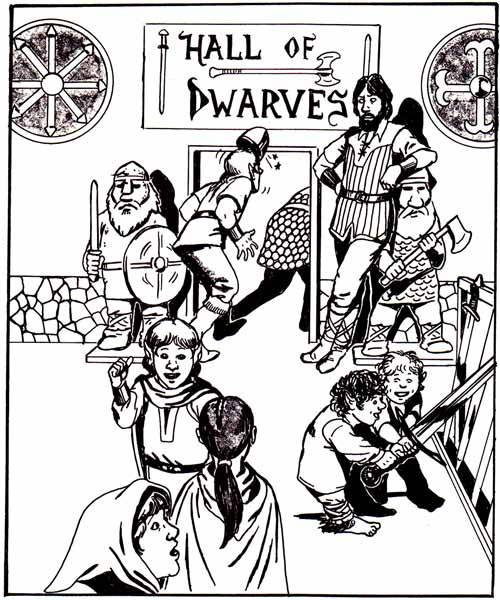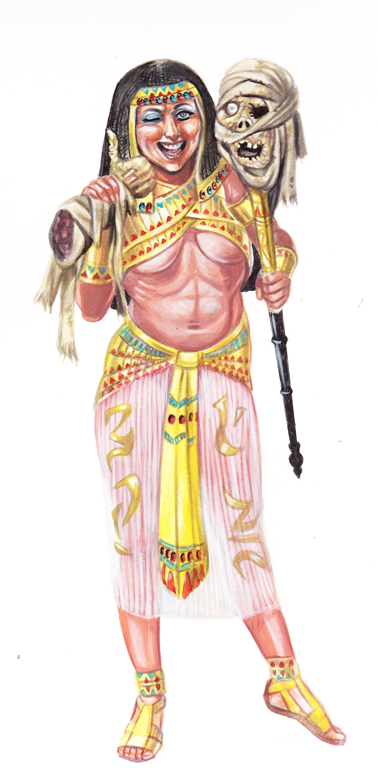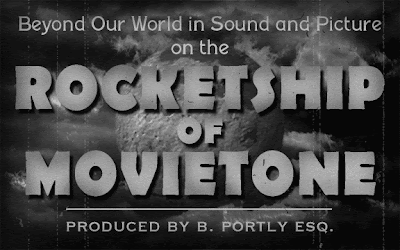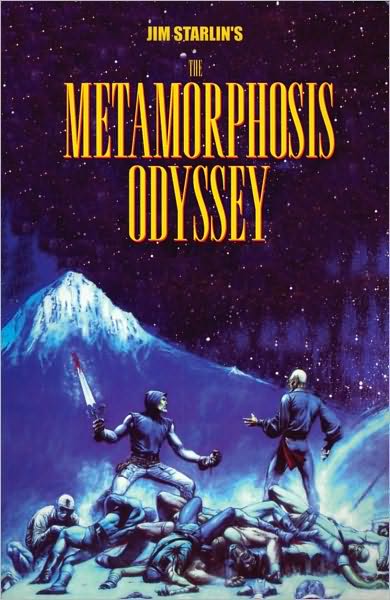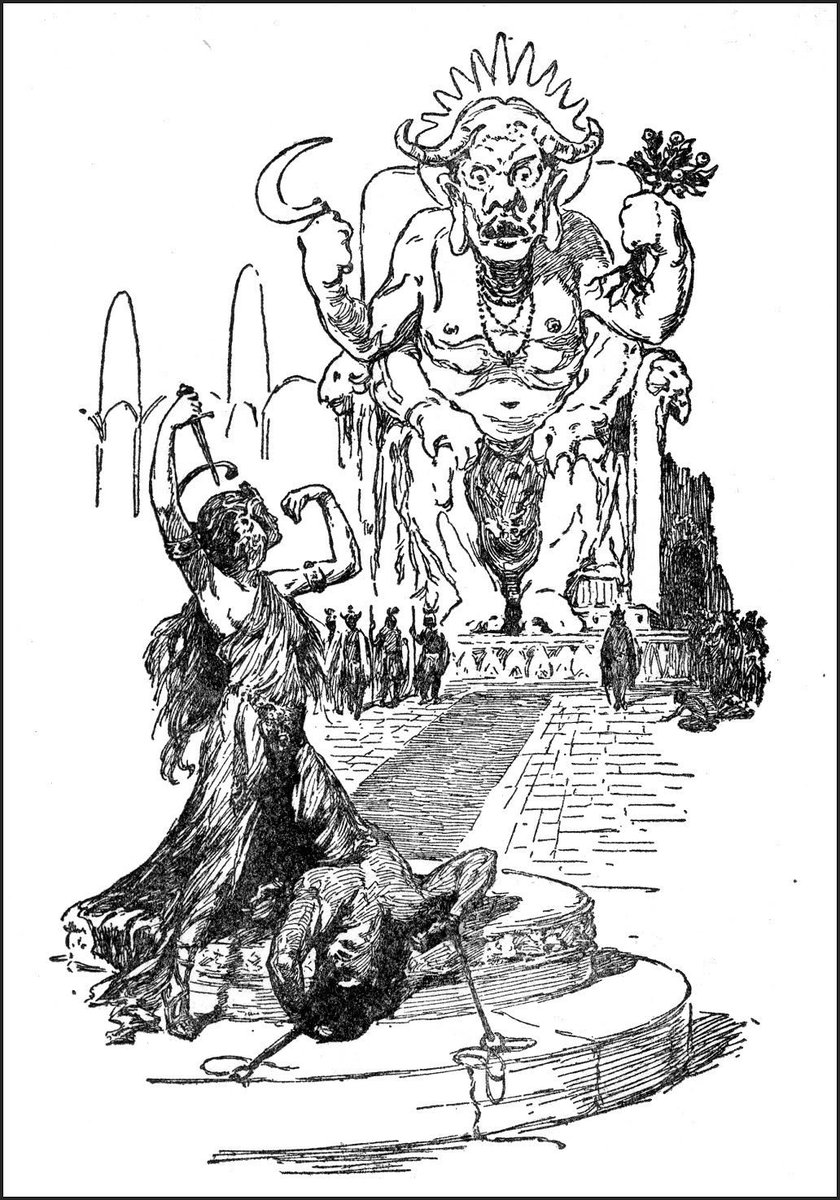There's been a lot of Star Wars talk over on my discord channel, so I thought it was a good time to revisit an old post about Star Wars' effect on comic books, even in its first decade. It's perhaps unfair to call the series below
clones exactly, but some sort of force is clearly with them.
Since science fiction comics and
Star Wars draw on some of the same influences, it's not always easy to know what is
Star Wars inspired and what isn't. Chaykin's
Ironwolf had a rebel fighting a galactic empire in '74--3 years before
Star Wars! Still, if one looks at Chaykin's follow-up,
Cody Starbuck,(also '74) the pre-
Star Wars appearances have the look of Flash Gordon and the widespread swordplay of
Dune. In the post-
Star Wars appearances, costumes have a bit more Japanese influence and guns are more in play; both of these are possibly
Star Wars inspired innovations.
Star Hunters (1977)
Empire? A sinister Corporation that controls Earth
Rebels? Sort of, though the protagonists start out forced to work for the Corporation
The Force? There's an "Entity" and a cosmic battle between good and evil
Analogs? Donovan Flint, the primary protagonist, is a Han Solo type with a mustache prefiguring Lando's.
Notes: If
Star Hunters is indeed
Star Wars inspired, its a very early example. The series hit the stands in June of 1977--on a few days over a month after
Star Wars was released.
Micronauts (1979)
Empire? A usurpation of the monarchy of Homeworld. So, maybe a lateral move, except for EVIL!
Rebels? Actually previous rulers and loyalists; a mix of humans, humanoids, and robots.
The Force? The Enigma Force, in fact.
Analogs? Baron Karza is a black armored villain like Vader; Marionette is a can-do Princess; Biotron and Microtron are a humanoid robot and a squatter, less humanoid pairing like Threepio and Artoo.
Metamorphosis Odyssey (1980)
Empire? The Zygoteans, who have concurred most of the galaxy.
Rebels? A disparate band from various worlds out to end the Zygotean menace.
The Force? There's Starlin cosmicness.
Analogs? Aknaton is an old mystic who know's he's going to die a la Obi-Wan. He picks up Dreadstar on a backwater planet and gets him an energy sword.
Dreadstar (1982)
Empire? Two: the Monarchy and the Instrumentality.
Rebels? Yep. A band of humans and aliens out to defeat the Monarchy and the Instrumentality.
The Force? Magic and psychic abilities.
Analogs? Dreadstar still has than energy sword; Oedi is a farm boy (cat) like Luke; Syzygy is a mystic mentor like Kenobi; Lord High Papal is like Vader and Palpatine in one.
Notes: Dreadstar is a continuation of the story from
Metamorphosis Odyssey.
Atari Force (1984)
Empire? Nope.
Rebels? Not especially.
The Force? Some characters have special powers.
Analogs? Tempest is a blond kid with a special power and a difficult relationship with his father sort of like Luke. There are a lot of aliens in the series, so there's a "cantina scene" vibe; Blackjak is a Han Solo-esque rogue. Dark Destroyer is likely Vader-inspired, appearance-wise.
Notes: This series sequel to the original series DC did for Atari, taking place about 25 years later. The first series is not
Star Wars-y.





















